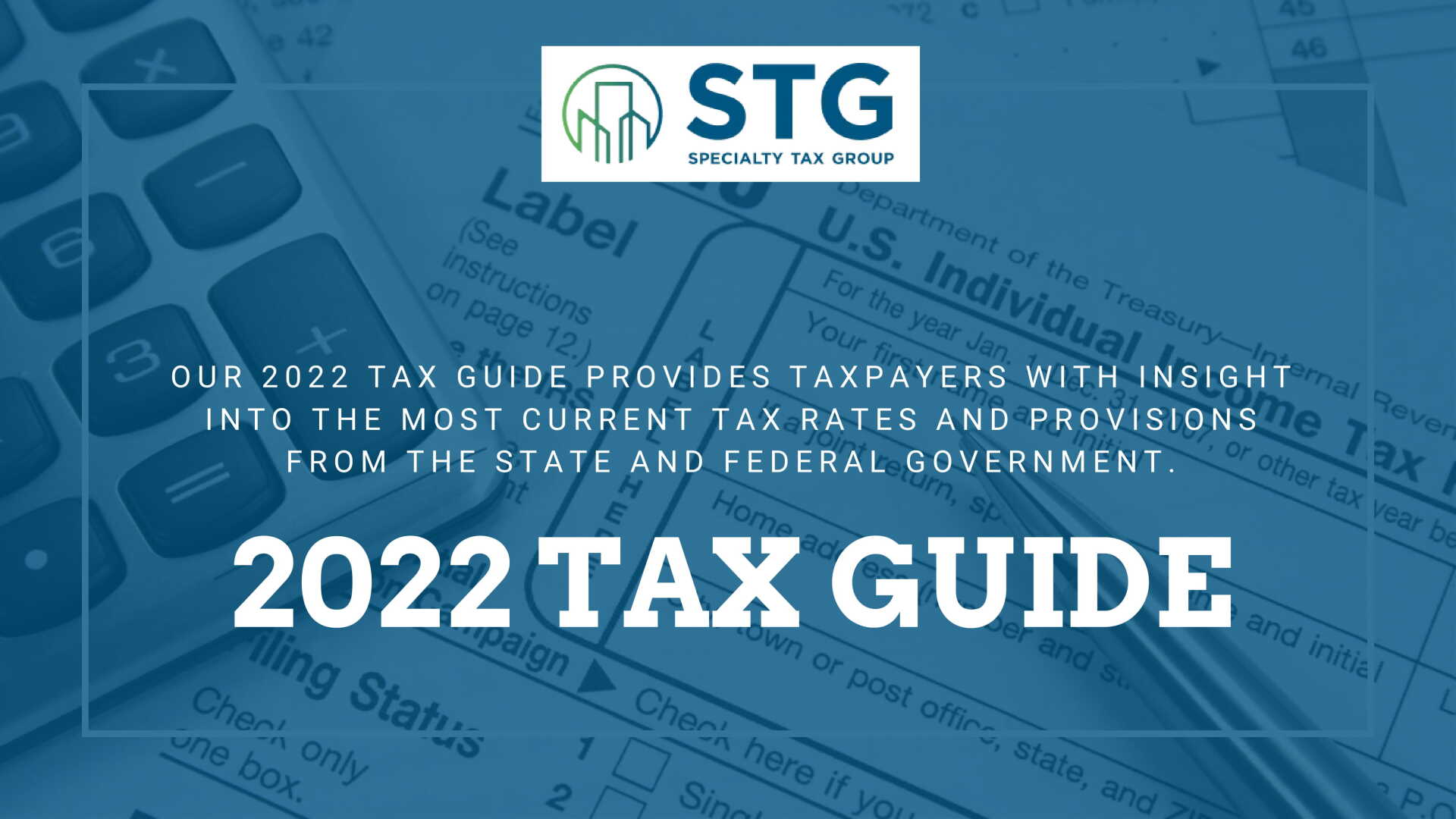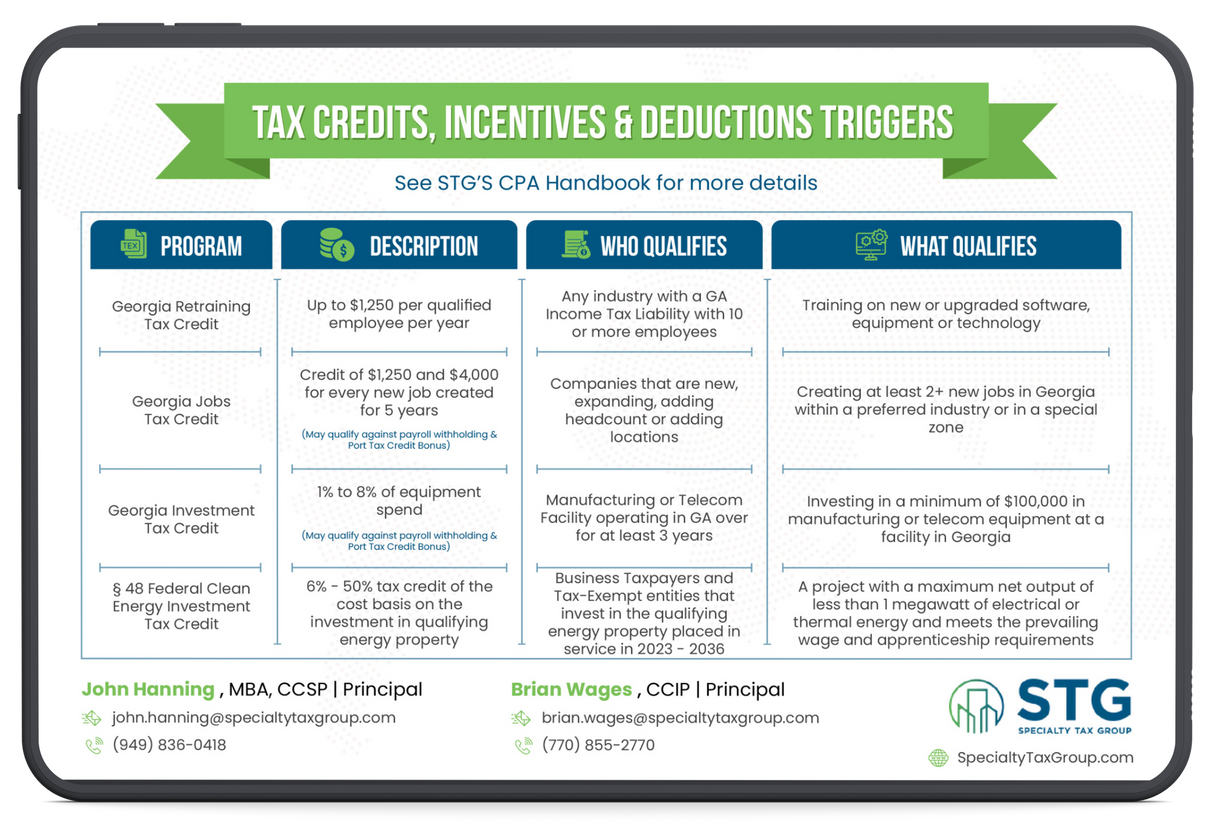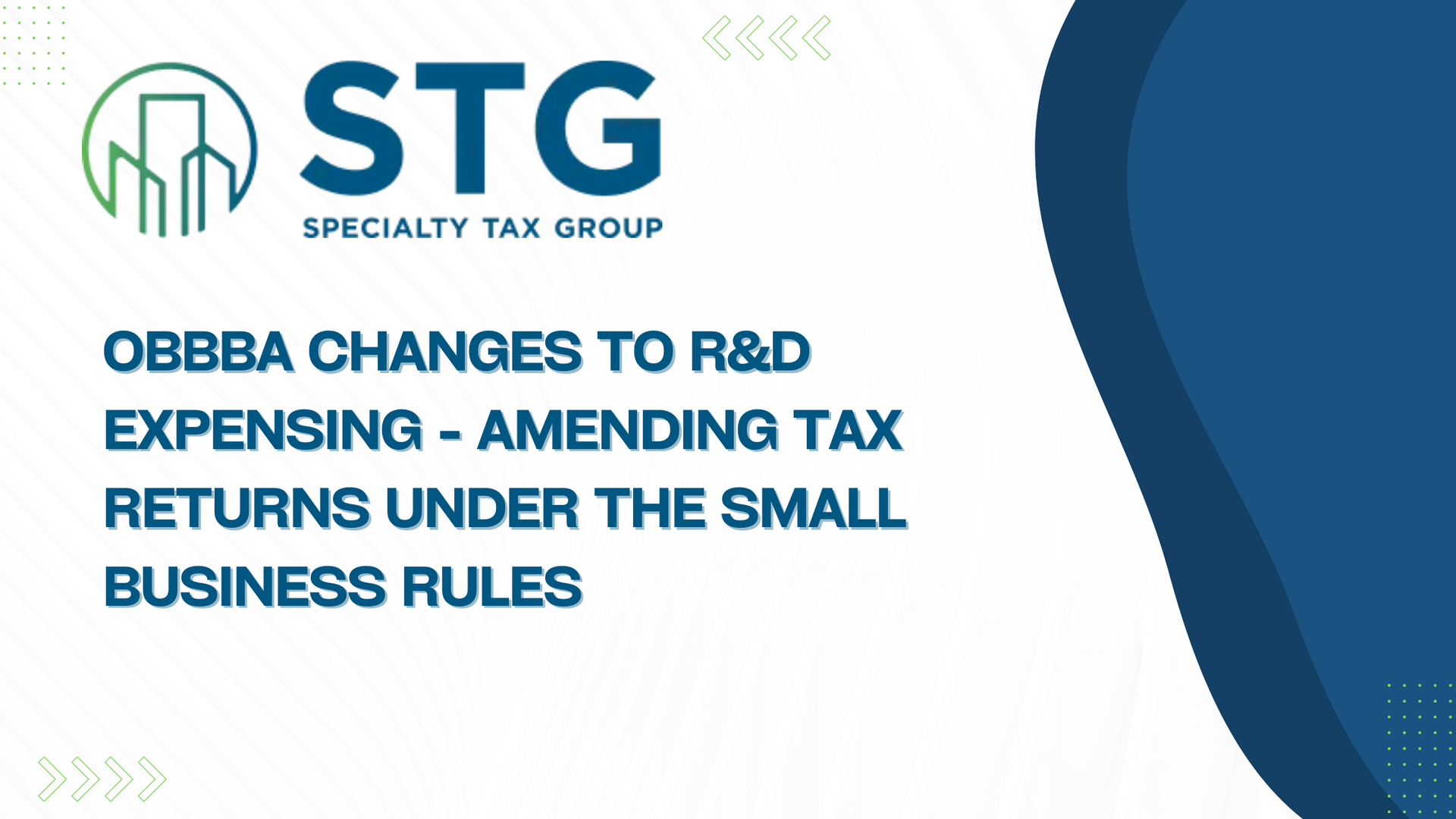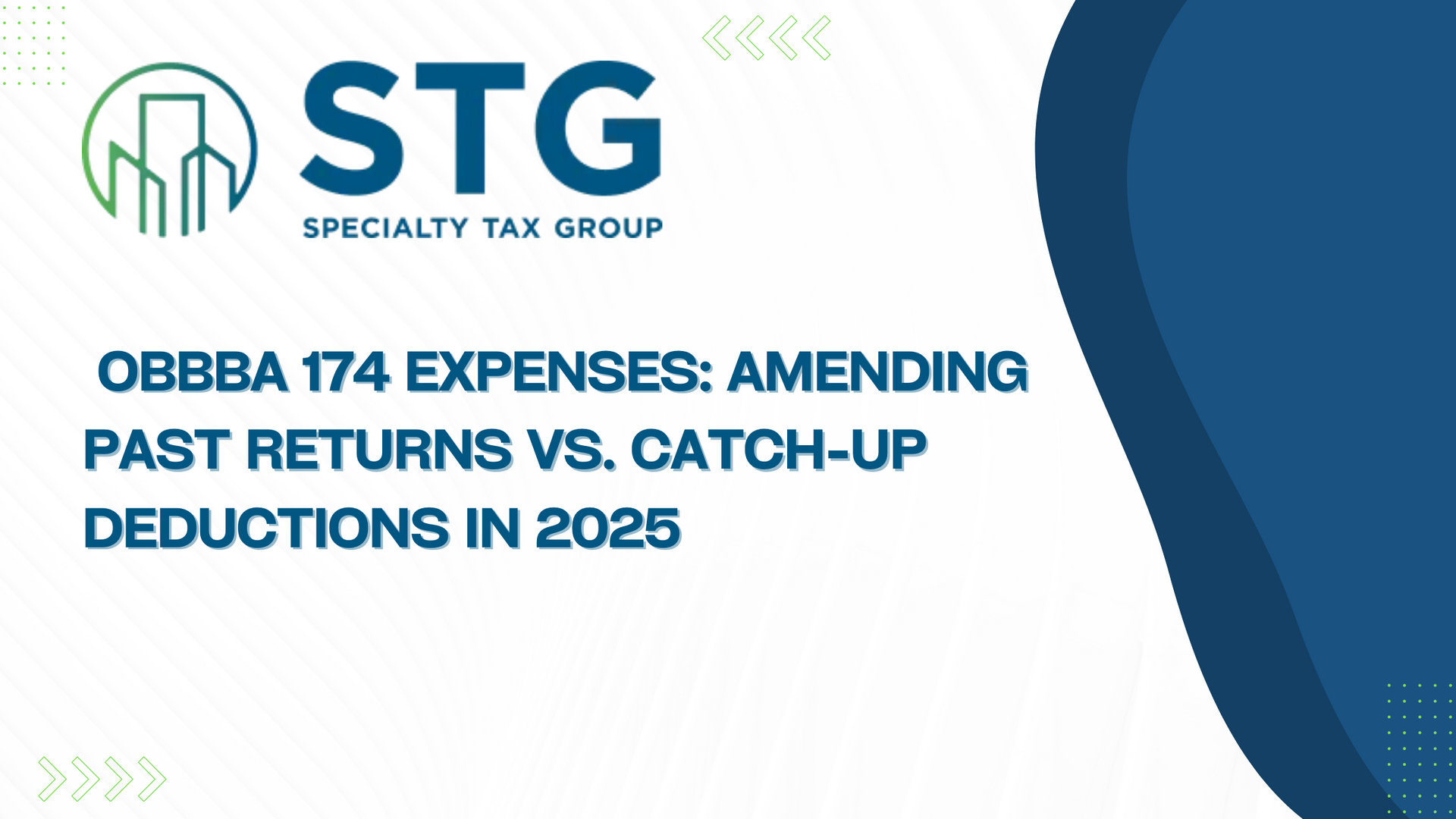This blog post has been researched, edited, and approved by John Hanning and Brian Wages. Join our newsletter below.

Free 2023 Tax Guide
This tax guide provides taxpayers with insight into the most current tax rates and provisions from the state and federal government
During the previous year, the COVID-19 pandemic has resulted in several businesses conserving money and not buying many pieces of equipment.
One unintended drawback is that you may be unable to claim the same amount of depreciation tax deductions as you have in previous years.
A cost segregation study may enable you to accelerate depreciation deductions on specific items. In this way, it reduces taxes and boosts cash flow.
The potential benefits of
cost segregation studies are even greater today than they were a few years ago, as certain depreciation-related tax breaks have been improved.
What You Should Know About Cost Segregation Studies?
Here are some things you need to know about a cost segregation study:
- What is a cost segregation study?
- When should a cost segregation study be done?
- What are the main benefits of a cost segregation study?
- How can cost segregation studies save entrepreneurs money?
What Is A Cost Segregation Study?
When you own a property like real estate, you can make depreciation tax deductions. These depreciation tax deductions are spread across the assumed useful life of the real asset, which is generally:
- 27.5 years for residential assets
- 39 years for non-residential real estate
In reality, real estate is often so much more than an asset. Real estate is a structure that sits on top of the asset. It is even numerous components inside and outside of that structure. Some of these components can be written off more quickly in comparison to other components.
A cost segregation study will help you determine what those components are and how quickly you can boost your tax savings on those properties. The IRS has approved the cost segregation studies. A quality cost segregation study:
- Analyses all information, including inspections, interviews, and available records
- Presents the analysis in a clear and well-documented format
When Should A Cost Segregation Study Be Done?
A cost segregation study can be done at any time after the purchase, construction, or remodeling of the property.
For new owners, the optimal time for a cost segregation study is during the year the building is purchased, constructed, or remodeled.
For investors, the optimal time to consider a cost segregation study is before the building's infrastructure is set. However, investors can consider conducting it if they are in the planning phase of remodeling or construction.
What Are The Main Benefits Of A Cost Segregation Study?
A cost segregation study is generally a service that enables owners of buildings to deduct depreciation earlier. The main goal of the cost segregation studies is to evaluate all property-related costs, which can be devalued over 5, 7, and 15 years.
For example, particular electrical sockets dedicated to types of equipment like appliances or computers must be depreciated over five years. However, buildings are usually depreciated over 27.5 or 39 years.
By accelerating the depreciation deduction of specific properties, building owners gain both tax savings and money usually. Here are the most prominent benefits of cost aggregation studies:
| Review | Cash Flow | Write Off |
|---|---|---|
| It gives an independent third-party analysis that will withstand the IRS assessment. | It generates an immediate boost in cash flow through accelerated depreciation tax deductions. | It evaluates the property's key components and leasehold improvements so they can be written off when renovated or replaced. |
How Can Cost Segregation Studies Save Entrepreneurs Money?
Entrepreneurs invest in lands and buildings often to expand their operations. Of course, these things cost a lot of money. But, there is a way to get your money out of the investment quickly, which is a cost segregation study.
Cost segregation studies enable you to divide your purchase price into groups of items with faster depreciation deductions. Cost segregation studies will give you more short-term cash flow at their most basic level, as you are paying less in taxes.
Cost segregation studies can be done for a wide variety of assets, which includes:
- New construction
- Tenant finish-outs
- Building purchases
- Property remodels
- Additions to the existing asset
In addition, cost segregation studies do not always have to be conducted during the same year as the purchase or when the work is completed. However, a site visit to the building is required to complete the process of cost segregation.
Cost segregation personnel will walk around the property, taking measurements and photos of items that can take faster deductions. Once this site visit is complete, the cost breakdowns will be calculated.
On average, this process yields tax savings of $20,000 to $100,000 over a five-year period. There are several factors that can help determine whether a cost segregation study will be useful for a certain entrepreneur. Here are some of these determining factors:
- What is your tax rate? A high tax rate means increased tax savings.
- How much did it cost? The higher the initial cost, the greater the potential for tax benefits.
- What kind of business is it? Some industries like restaurants have special regulations for even shorter depreciation.
- How long will you own the asset? If you plan to sell the asset in the near future, there may be a chance of fewer benefits.
Important Facts About Cost Segregation Studies
- If you own real estate, you might be sitting on a mini treasure. All that's missing is the key, which is the cost segregation study.
- Property owners previously could only realize retroactive savings over a four-year period.
- The regulations have been modified now. So, the entire adjustment can be made in the same year after your cost segregation has been completed. This rule offers taxpayers with older properties an opportunity to conduct a retroactive cost segregation analysis. The retroactive cost segregation analysis can boost their current cash flow.
- Cost Segregation Studies determine and allocate the material components of the building, including significant improvements eligible for faster depreciation recovery periods.
Conclusion
A cost segregation study can be a beneficial investment. However, the relative costs and benefits of the cost segregation studies will depend on your specific facts and circumstances.
Cost segregation studies have their own costs. But, the potential long-term tax benefits can make the process worthwhile. If you would like more information or help from our team please click the button below to get in touch.





